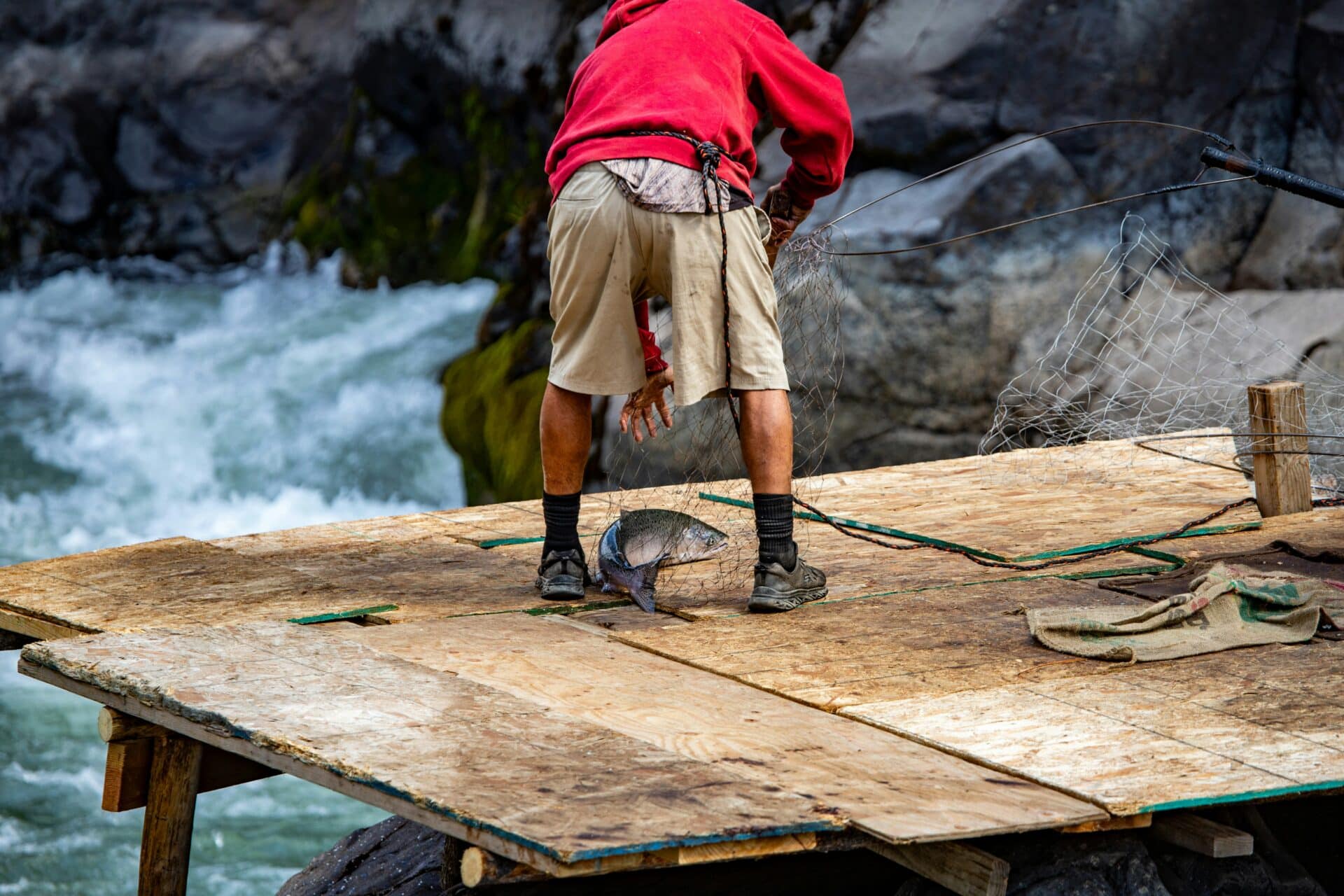
Context and background
SSIGA advocates for systems and processes that account for First Nation worldviews, fairly resources participation, and incorporates the decisions of First Nation rights-holders.
A case for change
We are currently at a crossroads in the legal and regulatory landscapes with landmark Supreme Court decisions pertaining to Indigenous rights and titles that need to be addressed through legislative changes. However, those changes remain in the development stages. What we know is that Indigenous communities must be at the forefront of determining changes and impacts that affect their communities.
A key problem in the consultative landscape lies with current environmental assessment. These processes, which require Indigenous consultation, remain increasingly convoluted and are extremely resource- and cost-intensive but do not lead to a clear understanding of impacts.
This is because conditions and cumulative impacts are not defined, and data is driven solely within the scope of individual projects. Therefore, Nations become inundated with a plethora of information on very specific areas but not enough to determine overall impacts to environments.
Procedural and bureaucratic checklists have become the impetus of environment assessments and consultation when they should be driven by Indigenous needs and participation to effectively understand and address impacts.
This is a process that will remain a regulatory, legal, environmental, and economic risk for all parties involved unless there is substantive change.
Better processes and efficient resource use benefits everyone
Resolving the impasses around consultation and Free Prior and Informed Consent (FPIC) requires Indigenous-driven processes for informed decision-making by impacted Indigenous communities.
By defining and collecting data from Indigenous perspectives and priorities, we aim to establish clear and accurate baselines to measure impacts directly.
Clear data allows Nations to make informed and independent decisions regarding impacts on their rights and titles and allows for the development of effective programs to support monitoring, revitalization, and stewardship of the waterways.
Is anyone better off after environmental assessments are conducted?
Current environmental assessments are one of the key problems in the consultative landscape. These processes remain increasingly convoluted and are extremely demanding in terms of costs and resources, but they do not lead to a clear understanding of impacts or increased participation.
Q1
Are rights holders adequately consulted through current impact assessments?
Q2
Are participants better informed on current conditions and impacts upon completing the consultative process?
Q3
Is the status quo the best use of the limited resources of impacted communities?
Q4
Are proposed projects still at risk of legal stoppages upon completion of the cost and resource-intensive assessments?
